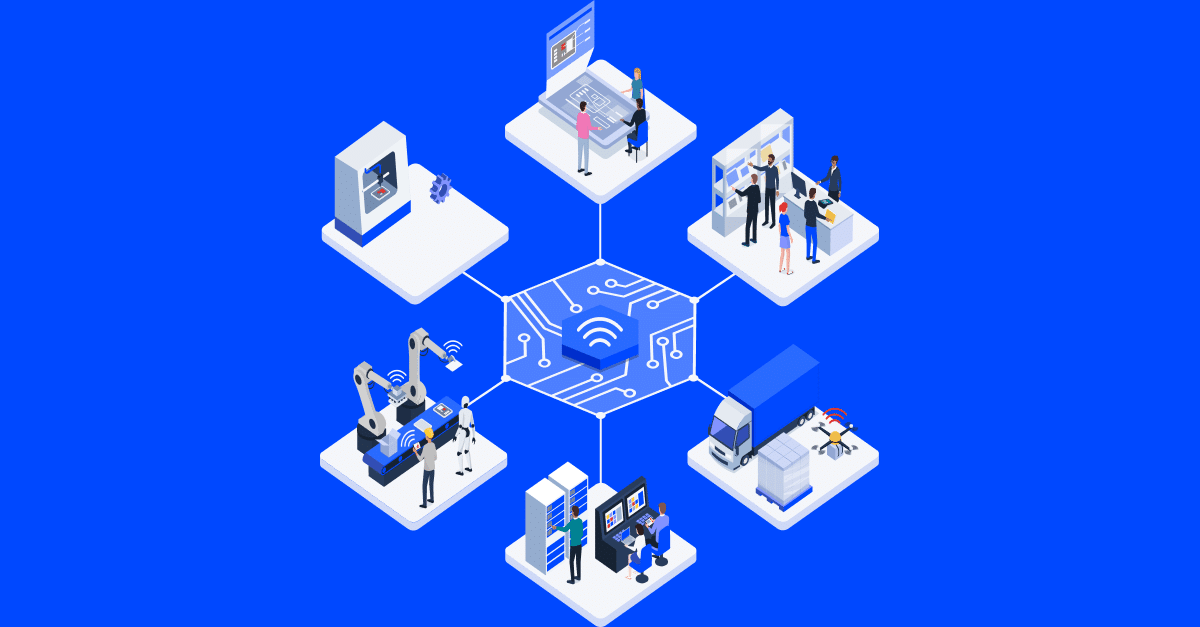By Michael Rivera, PhD
What companies come to mind when you hear the word “data?”
For many people, data is directly correlated with tech giants like Google, Amazon, and Facebook.
These companies heavily rely on user data for advertising and marketing. The data tracking tools they use are why you see an ad for curtains pop up on your Facebook feed as soon as you walk into a Bed, Bath, and Beyond.
But there are significantly more uses for data than targeting users for ad placement. That’s because data doesn’t have to be limited to tech companies.
Interactive data through the Internet of Things (IoT) has almost limitless potential to drive digital transformation for legacy brands.
For example, Sleep Number has started incorporating sensors into its mattresses. To customize mattresses for each user, these sensors track user data, such as breathing patterns, body movements, and heart rate.
This interactive data lets Sleep Number know how well users sleep in real-time. The company can use this information to create user profiles based on a user’s unique sleeping patterns.
In time, as the company gathers more and more user data, it will be able to predict health issues for users, such as restless leg syndrome, sleep apnea, and even heart disease. In fact, Sleep Number has recently partnered with Mayo Clinic to contribute to sleep science research and intends to offer wellness services in addition to mattresses in the near future.
Transitioning from Episodic to Interactive Data
Traditionally, legacy brands have relied on episodic data to inform business decisions. This refers to data that is generated by specific events. Some examples include product sales and shipping information.
There’s no question that episodic data can provide some insight for businesses and help them make critical decisions. For instance, McDonald’s uses episodic data to make supply and staffing decisions. E-commerce businesses rely on episodic data to track shipments and determine inventory levels.
However, there’s more to data than only looking at what has happened in the past through episodic data. It is also essential to look at data in real-time to understand customer behavior and make improvements.
Thus, real-time interactive data is becoming increasingly critical for businesses that want to drive consumer decisions and improve the user experience simultaneously.
The supply chain is a prime example of how Internet of Things (IoT) technology can derive real-time interactive data that fuels growth and derives key insights that benefit businesses, including e-commerce companies.
For instance, the logistics company DHL recently partnered with a brand to develop a unique, low-profile sensor that tracks roller cages in its facilities to prevent losses.
Another example is Volvo. The automobile brand has started putting IoT sensors into cars and trucks to alert drivers when there are preventative maintenance issues they should be aware of. Volvo uses the interactive data it collects to improve its vehicles and the overall driving experience.
The Power of Real-time Interactive Data
It’s hard to overemphasize the power of real-time interactive data for consumers and commercial users. This data goes beyond behavioral tracking to provide tangible benefits that impact our daily lives.
To start with, real-time interactive data can be shared with third parties. This is distinct from episodic data, which companies tend to keep private to maintain a competitive edge and protect sensitive user data.
Smart homes are a great example of how real-time interactive data can benefit consumers. For instance, Google Nest thermostats can share data about when a user is home or away with other external smart home appliances, such as lights, television systems, or security systems.
Interactive data can do more than add convenience to homeowners. For instance, Monnit Corporation makes sensors that detect when a pipe has frozen, saving homeowners and commercial users thousands of dollars on repairs and leaks.
Real-time interactive data’s power is amplified the more it is shared with third parties. An anticipated 30 billion connected assets will be arriving on the market by 2025, compared to the nearly 14 billion units currently on the market. This explosion of growth will provide significant opportunities for brands to improve the user experience for consumer and business clients.
Therefore, brands in all industries need to accept and embrace interactive data’s power to remain competitive and relevant to meet rising consumer demand.
Final Thoughts
There is no question that IoT will drive the future of business for legacy brands. The only question is, how will these brands leverage the real-time interactive data they receive to benefit their customers?
Thinaer’s team of PhDs, data scientists, and technologists are committed to helping businesses leverage data to create a lasting impact. Contact us to learn more about how we can help you use data to revolutionize your company or industry.

